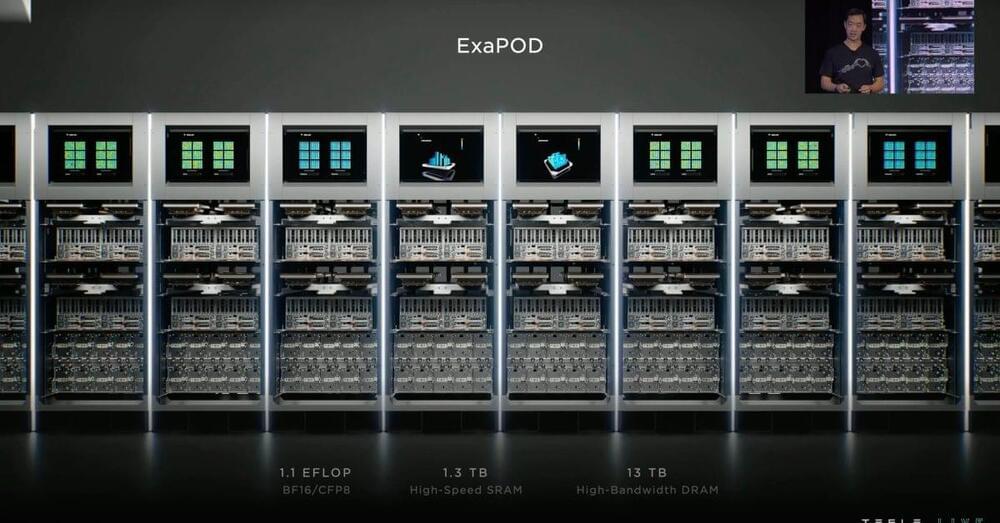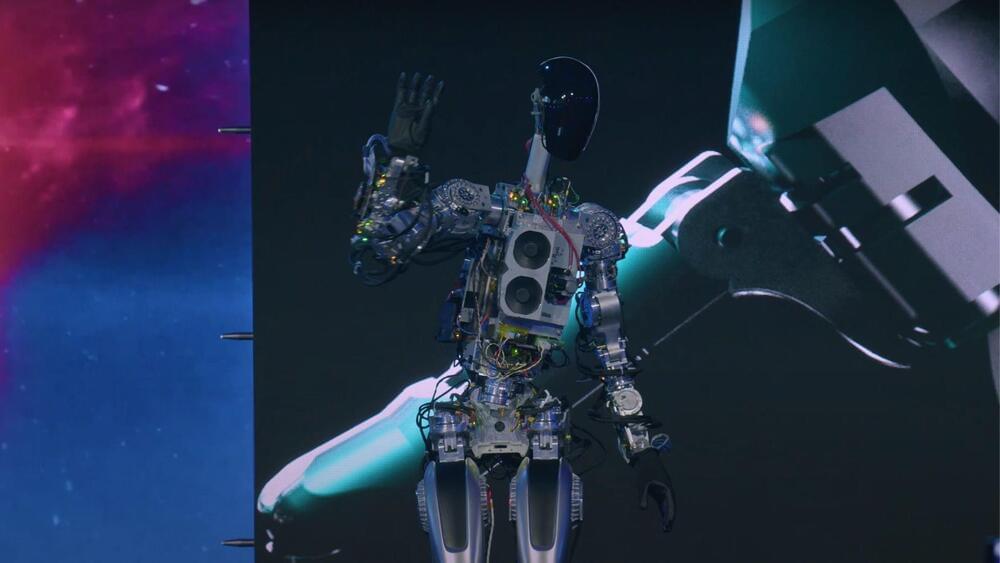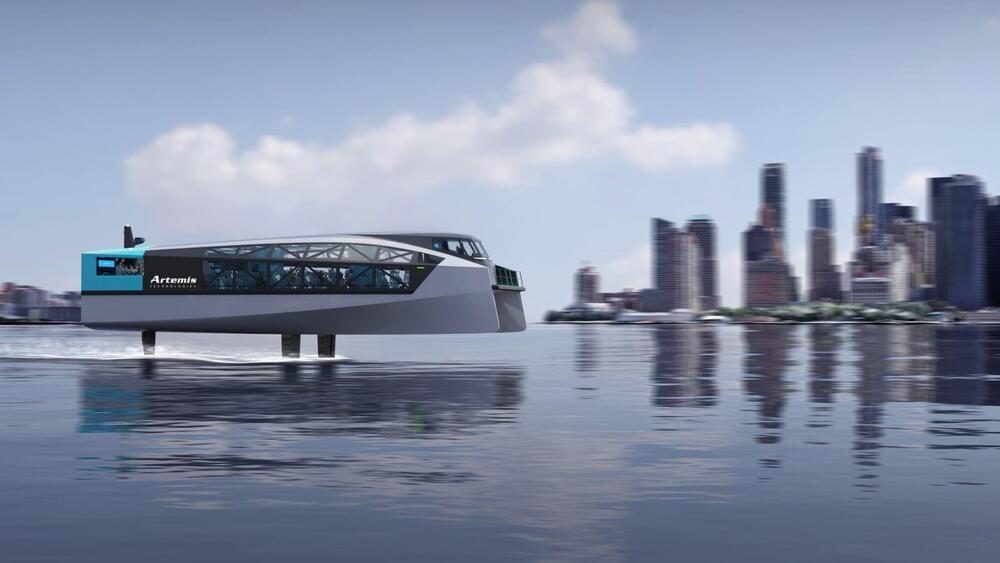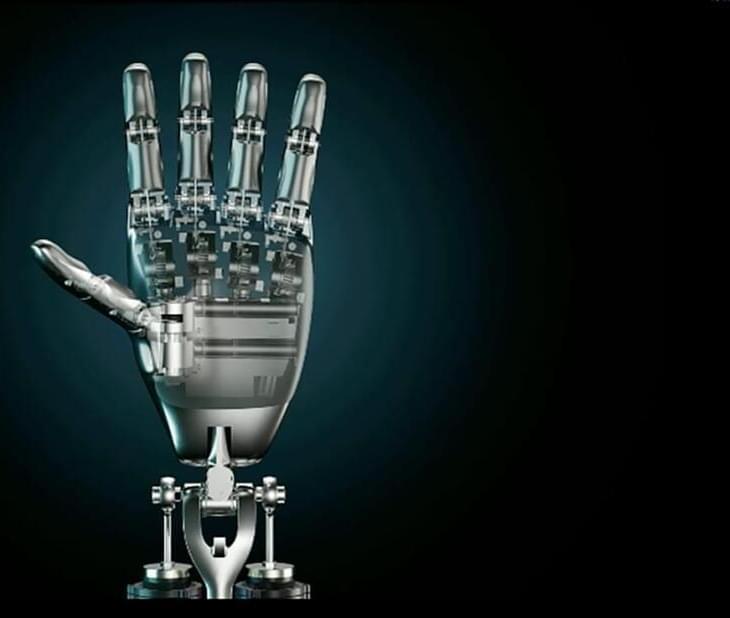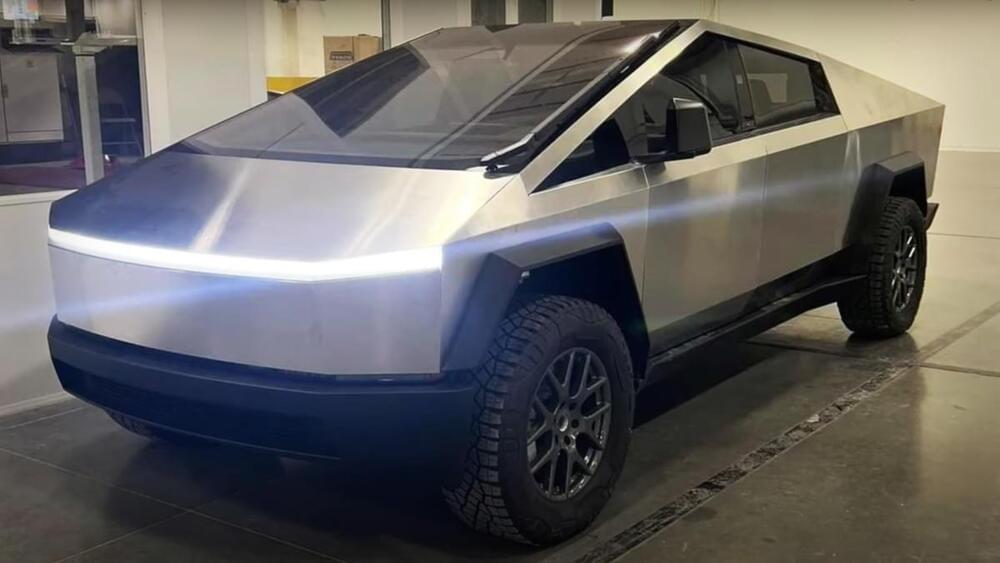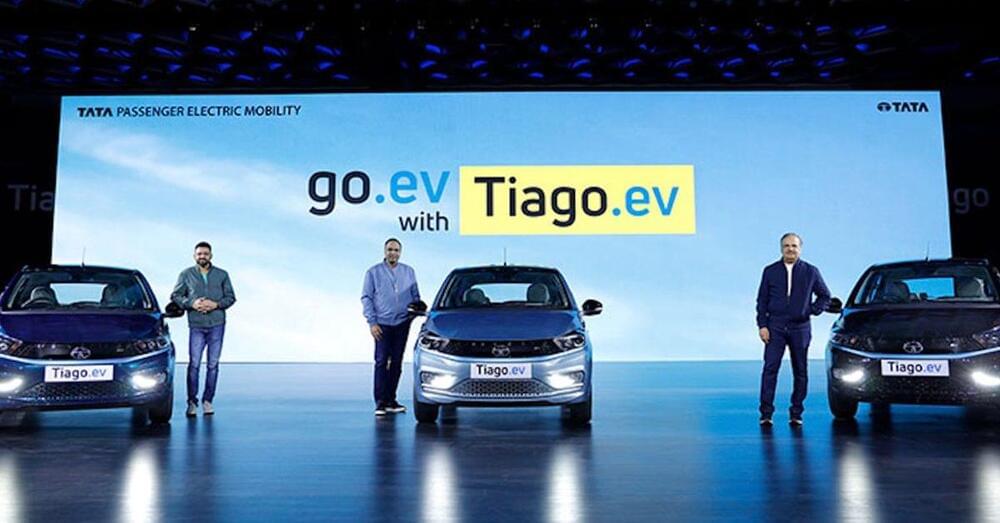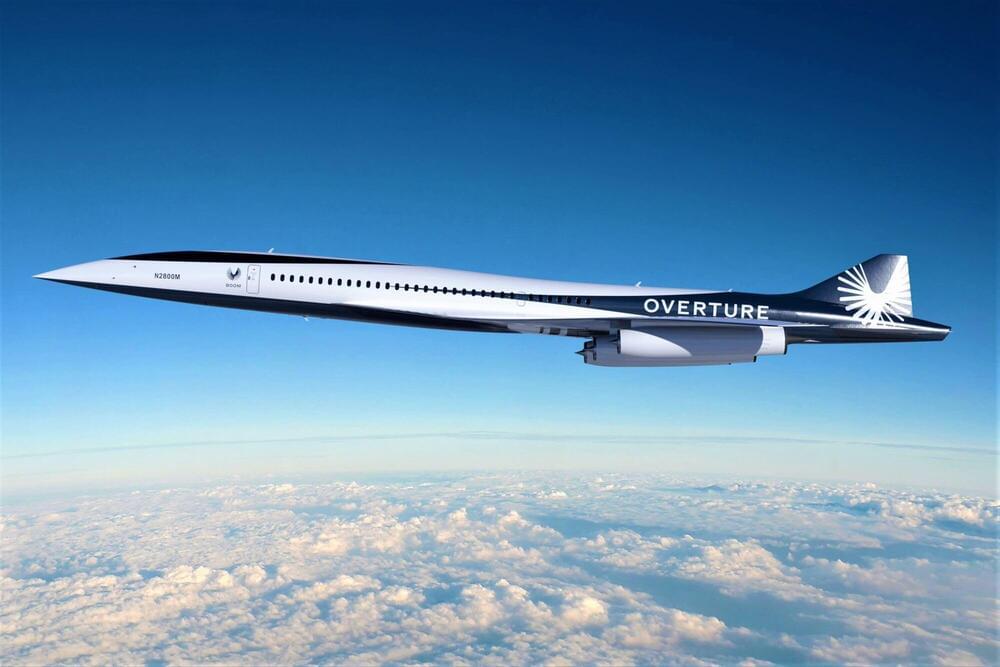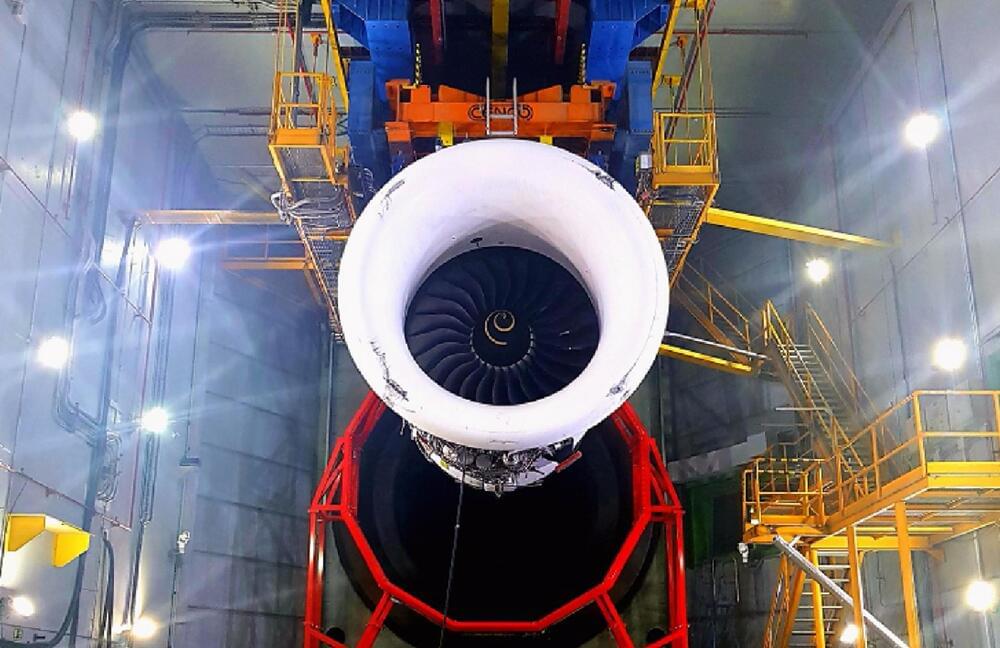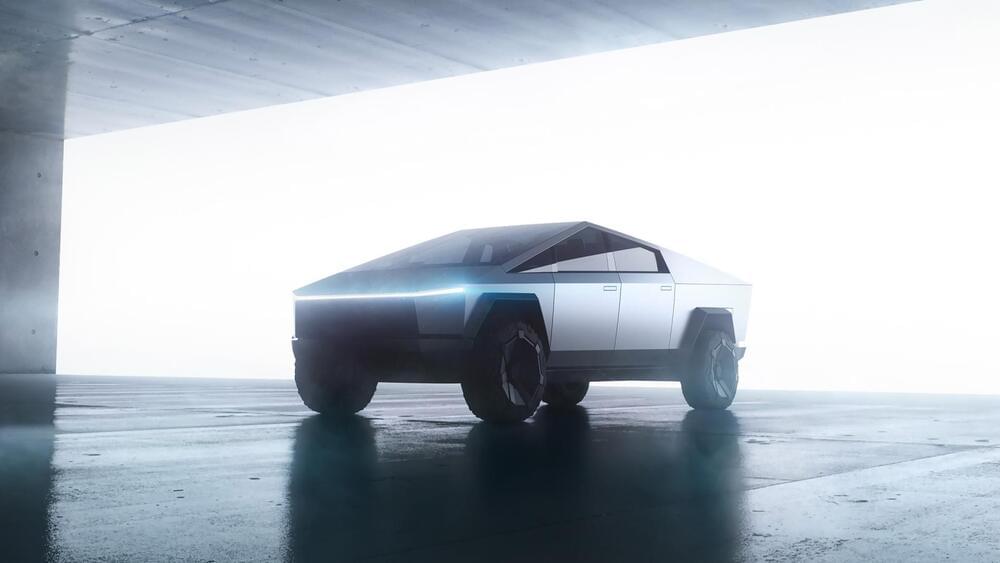Oct 3, 2022
How to 3D-Print One of the Strongest Stainless Steels
Posted by Genevieve Klien in categories: 3D printing, nuclear energy, transportation
For airliners, cargo ships, nuclear power plants and other critical technologies, strength and durability are essential. This is why many contain a remarkably strong and corrosion-resistant alloy called 17–4 precipitation hardening (PH) stainless steel. Now, for the first time ever, 17–4 PH steel can be consistently 3D-printed while retaining its favorable characteristics.
A team of researchers.

